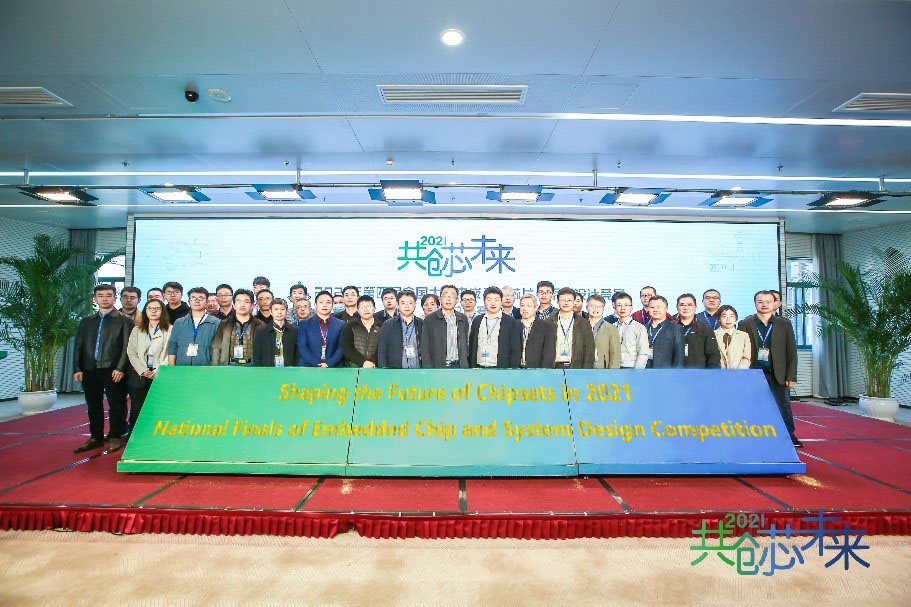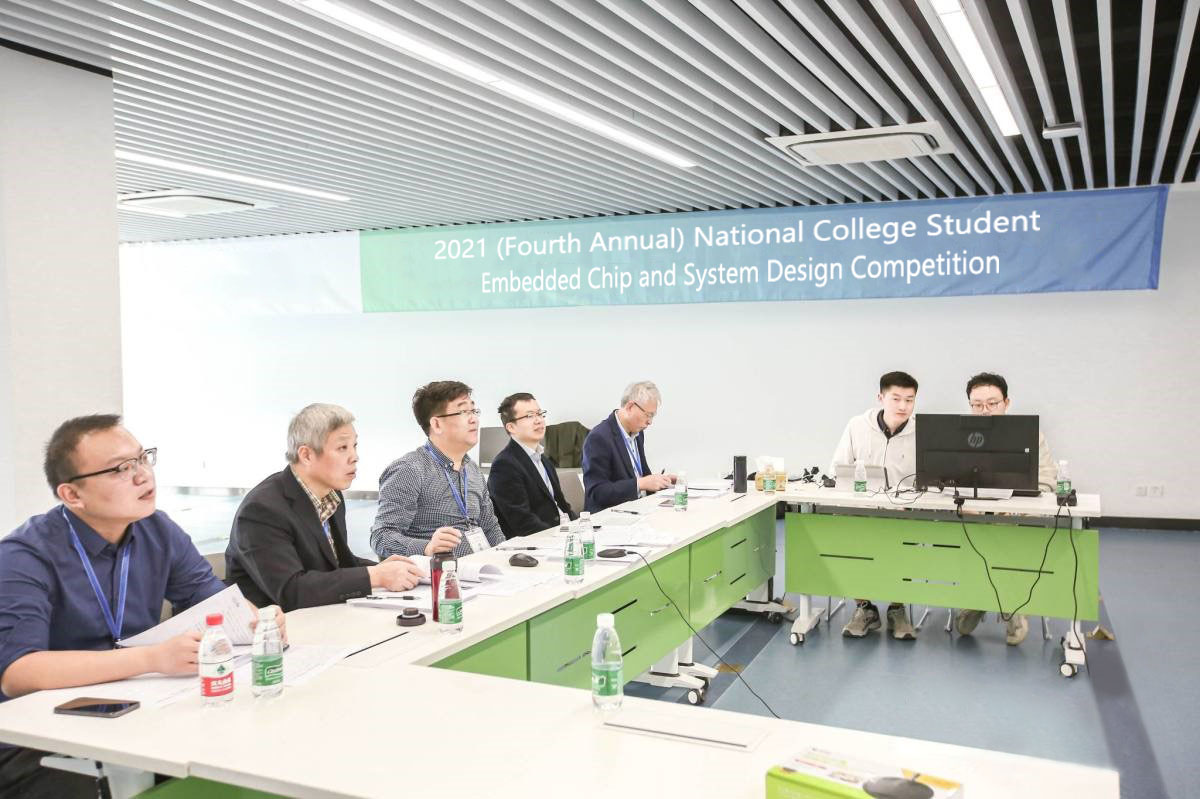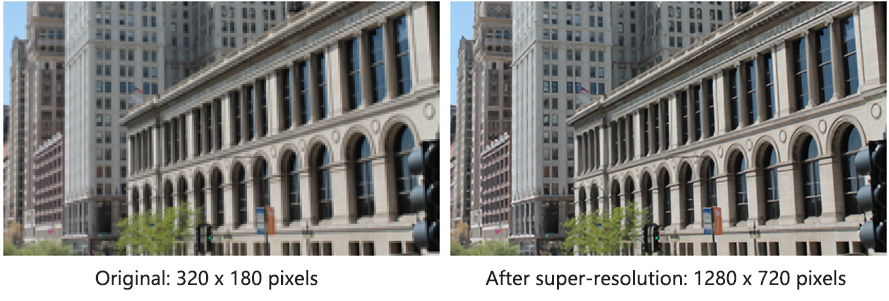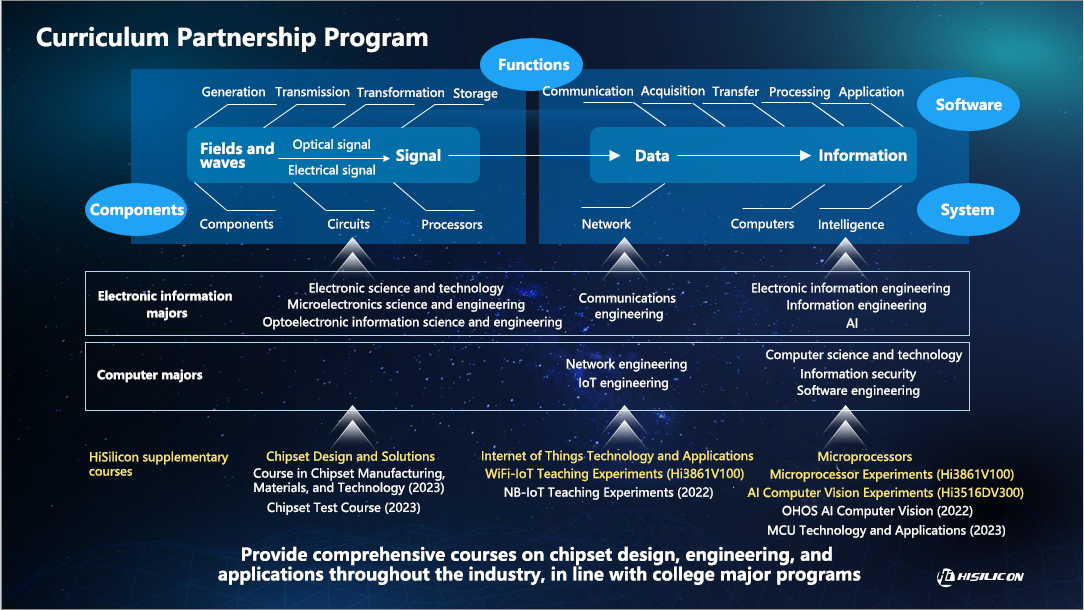Back
- Applications
- Products
- Support
- About HiSilicon
No Result
 Oct 31, 2021
Oct 31, 2021[Nanjing, China, October 31, 2021] The National Finals for the 2021 (Fourth Annual) National College Student Embedded Chip and System Design Competition ("Competition" for short) wrapped up at the Nanjing Integrated Circuit Training Base (NICT), with several hundred participants in attendance, including students, organizers, college teachers, enterprise representatives, and staff members. The winners for the HiSilicon track were also announced at the event.

National finals opening ceremony
Since the start of the competition in April, more than 300 teams representing 70+ colleges and universities throughout China registered for the HiSilicon track. Participants were tasked with conceiving, developing and presenting original embedded systems, based on the resources provided, which were: HiSilicon's AI computer vision and WiFi-IoT development kits, Huawei NAIE AI training resources, as well as additional resources from HiSilicon, ranging from dedicated training materials and online Q&A sessions to summer school activities.
After a rigorous review process, which included preliminary and regional elimination rounds, 24 works were selected as national finalists. Awards included: 1 HiSpark Cup, 1 Best Creative Award, 1 Most Commercial Value Award, 4 First Prizes, 7 Second Prizes, and 12 Third Prizes.

Judges provided feedback
The HiSpark Cup – the most prestigious award in the HiSilicon track – went to "Deep Sampling Telescope" from Beijing Institute of Technology, due to its unique blend of originality, technological sophistication, and commercial value.
By harnessing the formidable AI in HiSilicon development kits, the work designs a camera that simulates optical telescopes with neural network super-resolution algorithms. It utilizes a wide range of technologies, including video super-resolution, image inpainting, and algorithm model reparameterization, to perform real-time super-resolution processing on captured images. Deep Sampling Telescope's intuitive UI developed through the HiGV also allows for remote VOD features. In terms of originality, the structure reparameterization method is used to compress models to implement lightweight model deployment. Average AI end-to-end inference is less than 30 ms per image frame, thanks to cache optimization. The work also showcases impressive post-processing techniques, such as dequantization for color correction, edge detection algorithm for inference assistance, and a host of advanced noise processing technologies. With regard to its commercial value, Deep Sampling Telescope shows tremendous promise, and appears likely to be applied in a multitude of fields that could benefit from super-resolution.


HiSpark Cup winners and instructors
HiSilicon introduced its college talent development program to all teachers and students present in the finals at the event's seminar on integrating the resources of enterprises with those of vocational schools and universities. The program aims to serve as a pipeline for talent, and offer interdisciplinary studies to better prepare students for an intelligent future. HiSilicon will actively participate in the development of new engineering disciplines and curriculum reform, in addition to cultivating innovation, entrepreneurship, and better practices. To start off, HiSilicon will launch a series of courses and experiments that are dedicated to electronic information and computer majors in colleges and universities, and combine theory with real world industry practices. Content will span the entire value chain, from chipset design and engineering, to chipset applications. HiSilicon's courses and experiments on IoT, microprocessors, and AI computer vision have already been piloted in several colleges and universities, and will be rolled out on a greater scale.

HiSilicon's joint curriculum development program
As we move toward an intelligent, all-sensing, and all-connected world, HiSilicon will continue to spearhead initiatives designed to prepare students for the changes to come.
[About HiSilicon Track Development Kits]
The Taurus & Pegasus AI Computer Vision Basic Developer Suite is designed based on Hi3516DV300 and Hi3861V100, and
consists of the Taurus kit and Pegasus kit. The Taurus kit is used for video processing and AI computer vision
processing, whereas the Pegasus kit facilitates WiFi-IoT connectivity and system control. The Developer Suite
provides a variety of expansion boards, which can connect to external sensors and controllers, and can also connect
to the mobile phone through the NFC expansion board. It is capable of implementing a wide range of product
solutions, including smart home devices, consumer IPCs, dashcams, and IoT devices.

Taurus AI computer vision kit

Pegasus WiFi-IoT kit
[About the National College Student Embedded Chip and System Design Competition]
The National College Student Embedded Chip and System Design Competition is one of the most prominent competitions
backed by major manufacturers, with the Chinese Institute of Electronics serving as the host, and Southeast
University and Nanjing's Jiangbei New Area as co-sponsors. It aims to nurture the overall development of the
embedded chip industry in China, and facilitate growth in related sectors, by showcasing innovative work from
talented students.
The competition is closely aligned with the needs of the industry at large, providing participants with high-level
skills and knowledge, encompassing such fields as chip design, hardware and software adaptation, system
optimization, and application solution design. By nurturing innovation and entrepreneurship, students can benefit
from a newly vibrant academic environment, and gain access to extensive resources as a result of industry-university
partnerships.
This site uses cookies. By continuing to browse the site you are agreeing to our use of cookies. Read our privacy policy